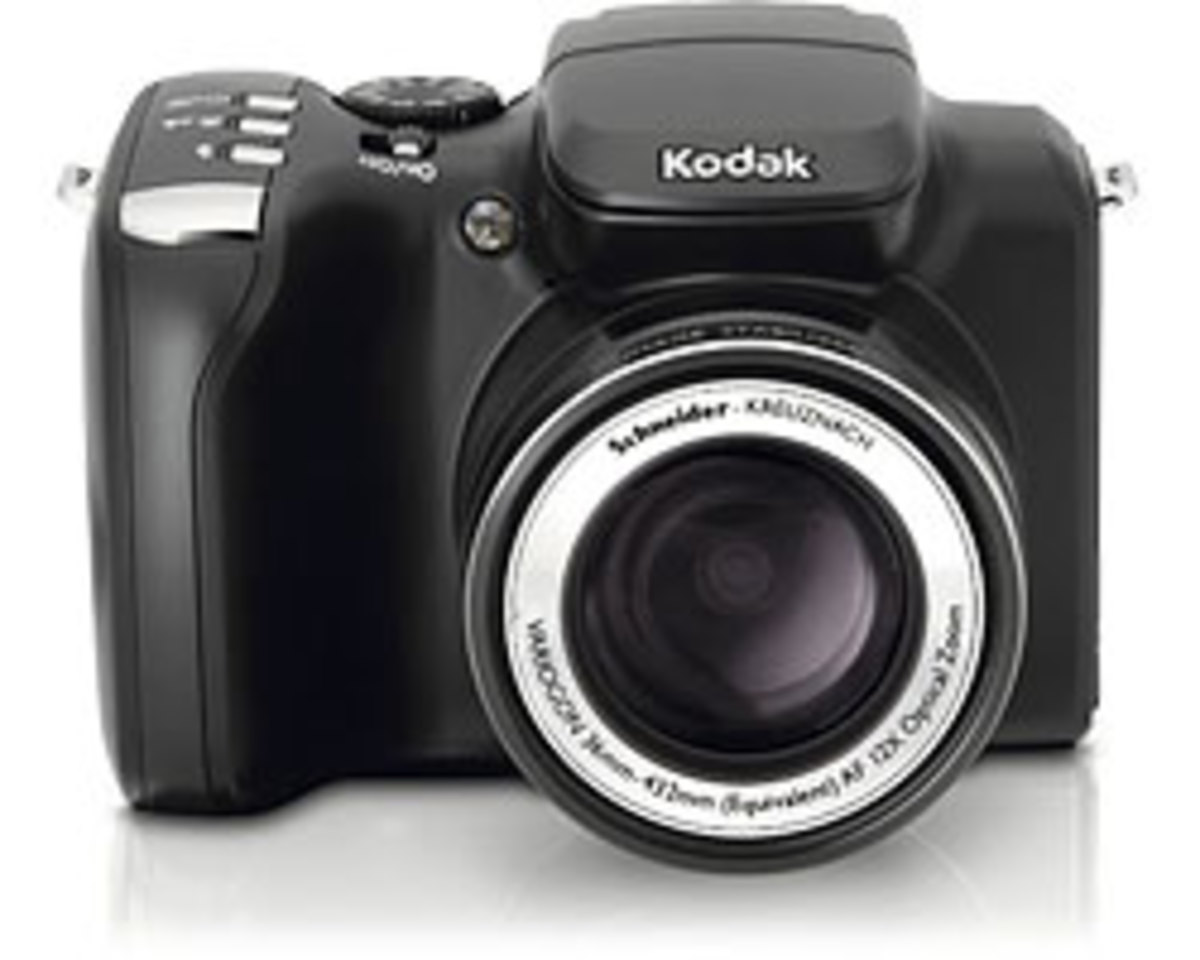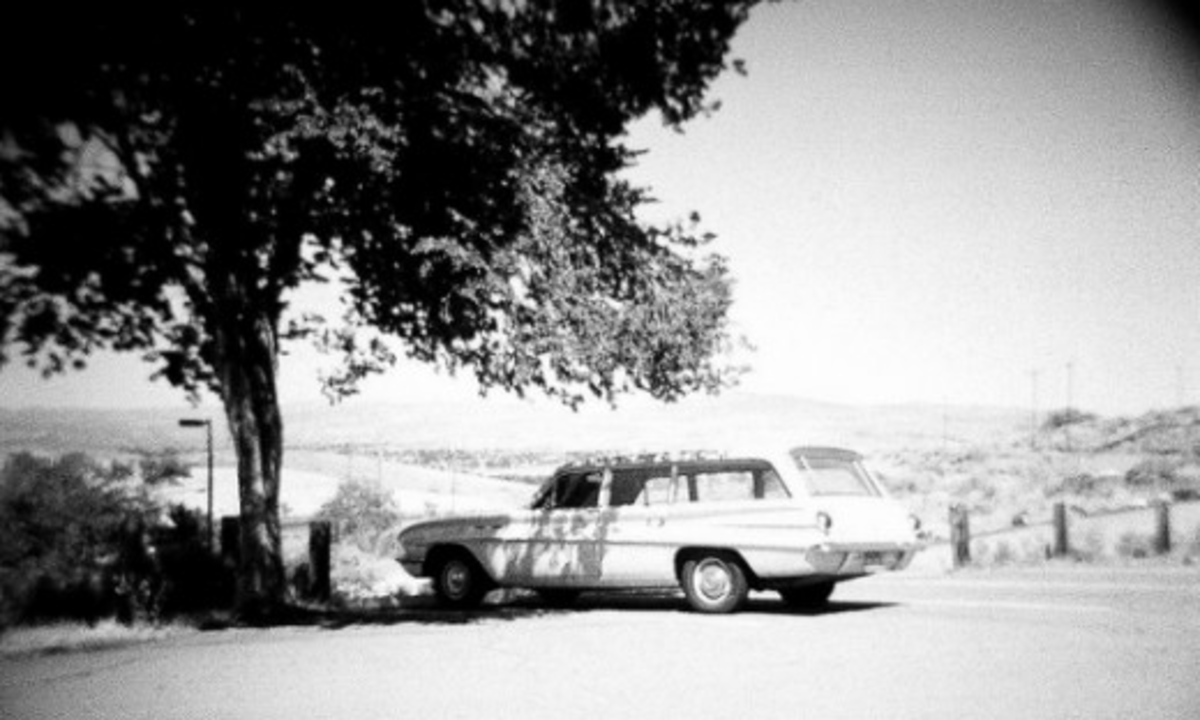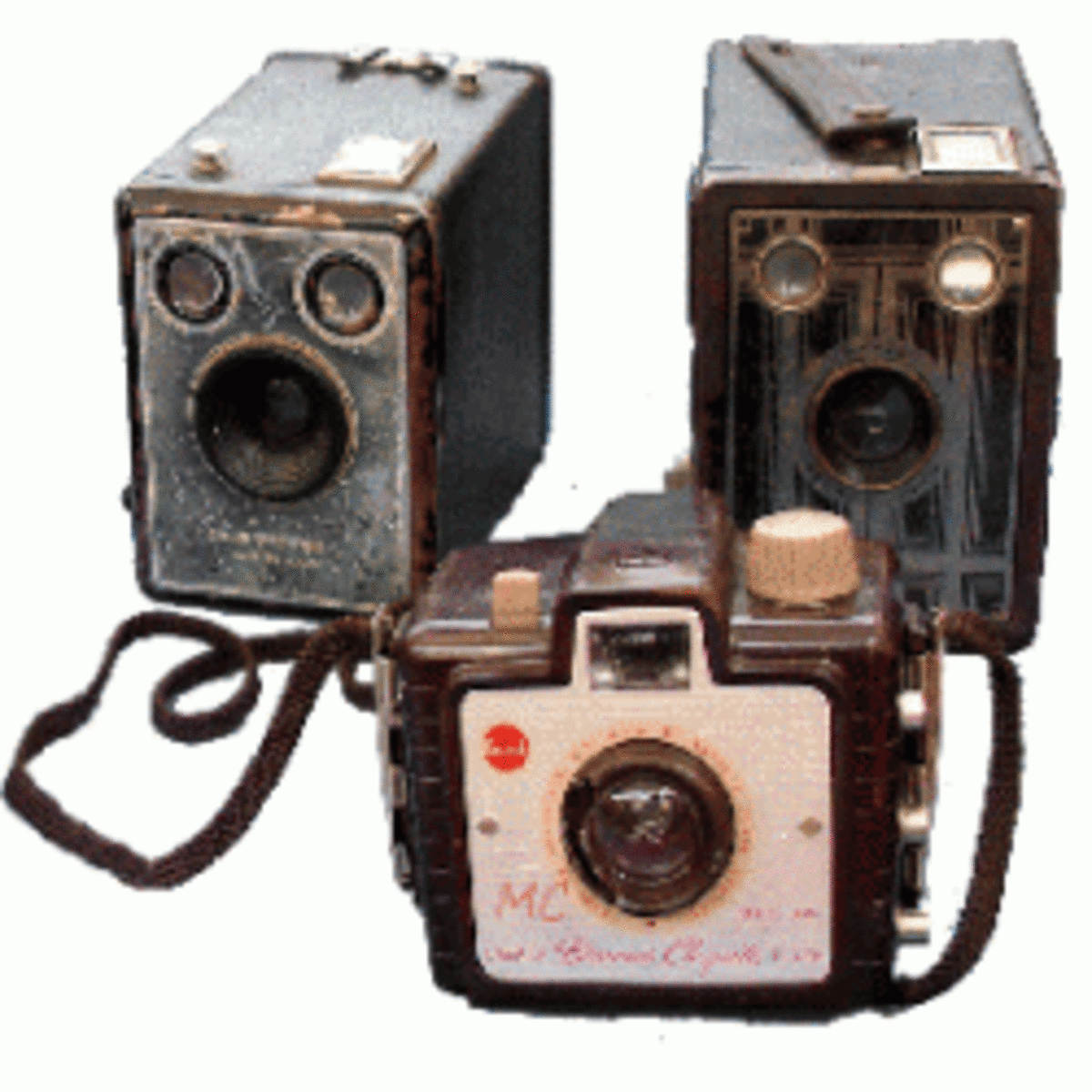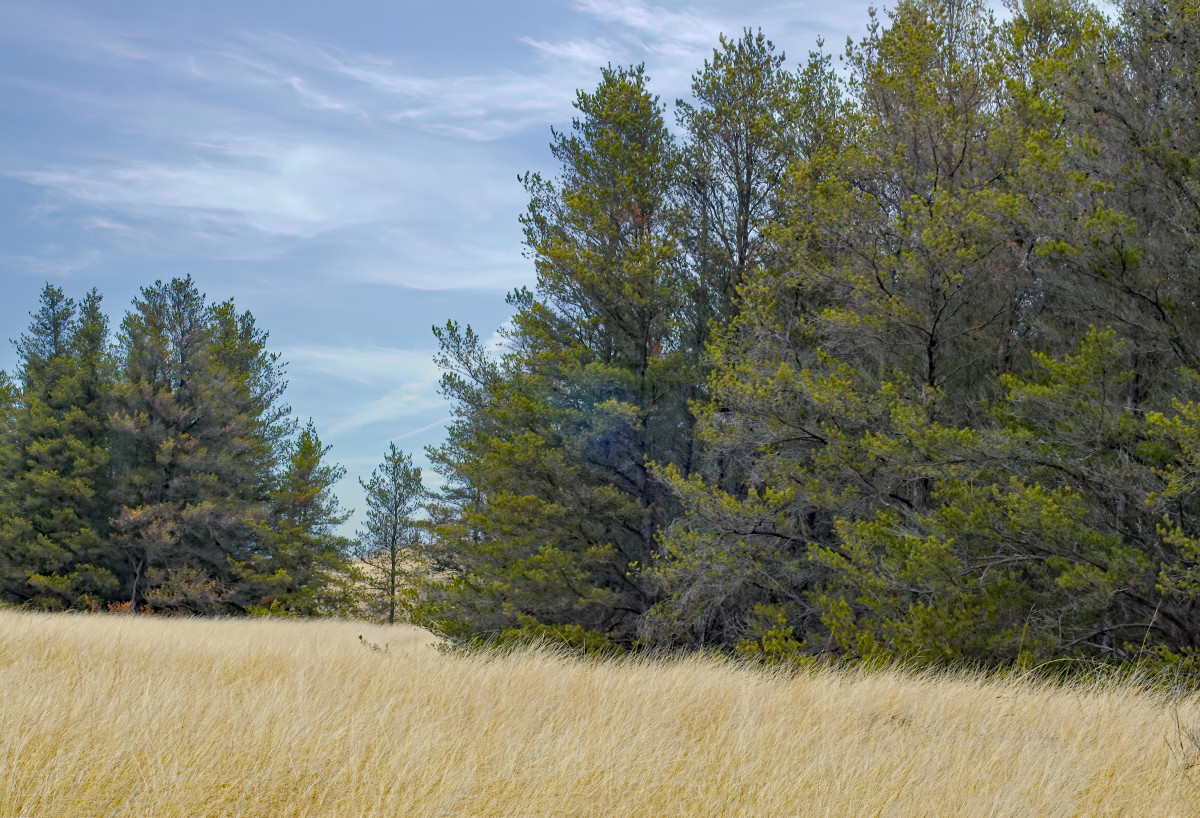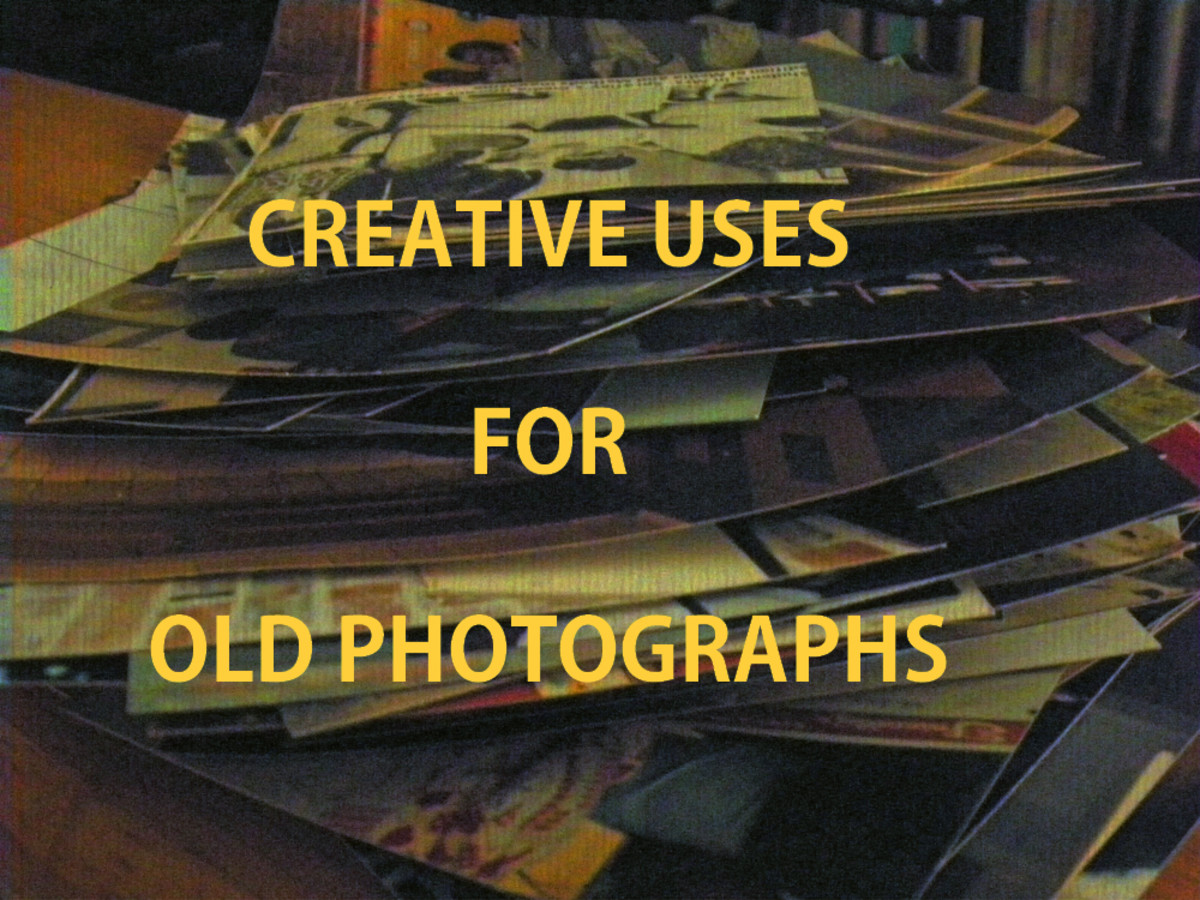Beginner's Guide to Photography No.3
This is the third article in the series showing beginner's how to get the best from their cameras

Time Mode
I hate to say this and will probably have one or two photographers jumping up and down and making rude comments about me, but I can only think of one or two sets of circumstances where I would ever take photographs in T (or Tv) mode.
This mode is where you dictate the speed of the shot to be taken and the camera then sets the aperture.
The first use of this setting is about slowing down the speed that the image is taken at.
Here are a couple of examples when I have needed to dictate that the camera takes the shot at a slower speed than it would normally would have
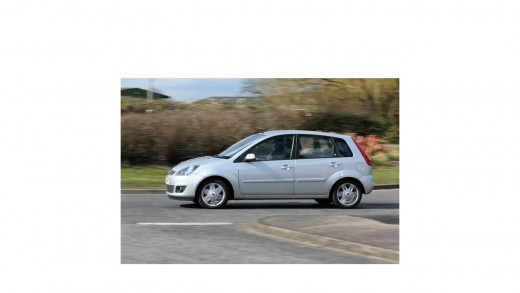
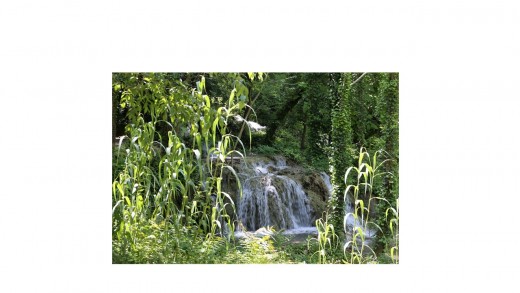
The other set of circumstances are for extremely low light photography. For example a picture of a road, showing the moving lights of the vehicles or perhaps in astro-photography, but as this is such a specialised field I will pass on commenting and advising you further.
I.S.O. (or Iso, as it is sometimes said)
In the pre-digital age, when we had to put a film in a camera, the chemicals covering the film were sensitive to light.
Films with larger grained chemicals reacted quicker and the correct exposure was reached more quickly.
Conversely smaller grained films took longer and were slower.
Now the speed of the film had to be quantified so that photographers could work out how quickly and at what aperture they would need to take a picture.
This standardised index was called the ASA rating.
The problem with 'faster' film were that given the larger grains, the film took the pictures quicker but would often turn out grainy -think of the photographs from the 1940s and 1950s of Rocky Marciano and the like (funny thing is I duplicated this effect electronically and local boxers absolutely loved the effect!).
Coming to the present day and it is only a few die-hards that still use film, but the same principle can be applied to a digital camera and the light sensitivity of a camera's sensor.
We now call the standardised index the ISO and you can adjust this on your camera.
So what does changing the ISO on your camera do to the speed/aperture balance, I wrote about in Lesson 1?
Well increasing the ISO makes everything that much quicker.
Ok, I want to illustrate this by a quick practical demonstration. Grab your camera.
Set the camera to A (or Av) mode.
Set the aperture to F.8.
Now on the menu on the camera, look for the ISO menu (it may be a button on the body or it may be within your camera's main menu - if you cannot find it consult your manual).
Set this to ISO 100.
Now half press the shutter release button and note the speed you would be taking at.
When I did this; In my test it was 1/90th of a second
Now change to ISO to 800 and again get the speed of what you would be taking at.
In my test it was 1/500th of a second
I am sure you will see the difference and how this applies.
Now one of the problems of shooting at higher ISO levels (and this really depends on the model of your camera) is the grain effect that occurred with film is duplicated electronically. So if you take a photograph at a high ISO in low light and beyond your camera's capabilities then the image will show grain or noise as it is latterly called.
So ideally we want to take the photographs with as low an ISO setting as we can, but still enabling us to take the picture at the speed and aperture that we want.
A general guide to what ISO to set your camera at is as follows:
100 Bright sunny day
200 Bright day with cloud
400 Cloudy day
800 Really dull day
1000+ Dark and inside photograhs
For your exercise for this section, try experimenting with time mode and panning. You can try this literally outside your front door. Set your camera to T(or Tv), adjust the time on the time menu (again check your manual if you cannot work out how to do this) and for a reasonably bright day set it at 1/125th of a second.
The idea is to follow a car with your lens and as it gets side on to you fire your shutter release. But continue panning, smoothly through the shot (just like I was told to, when I learnt to play golf).



